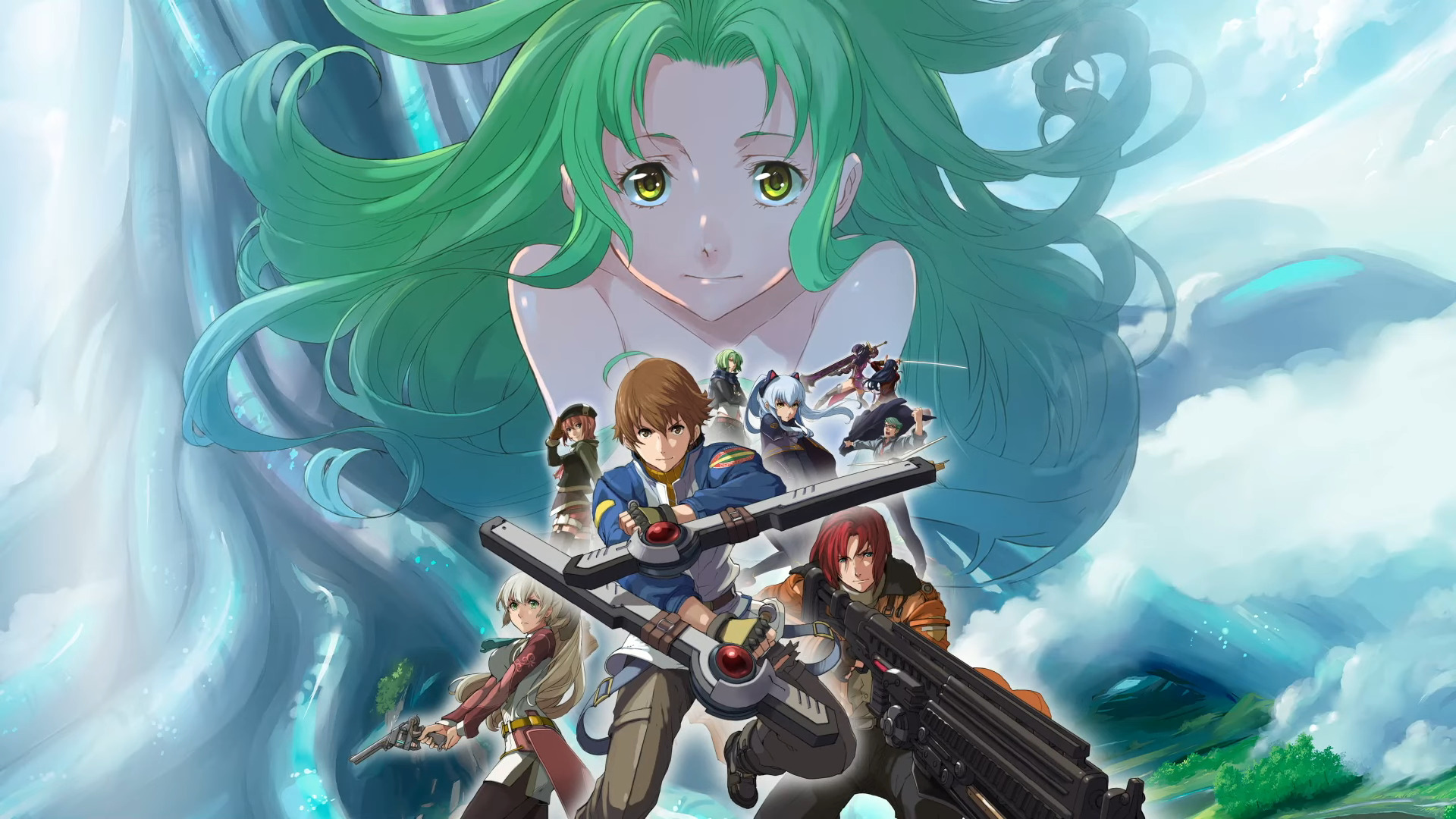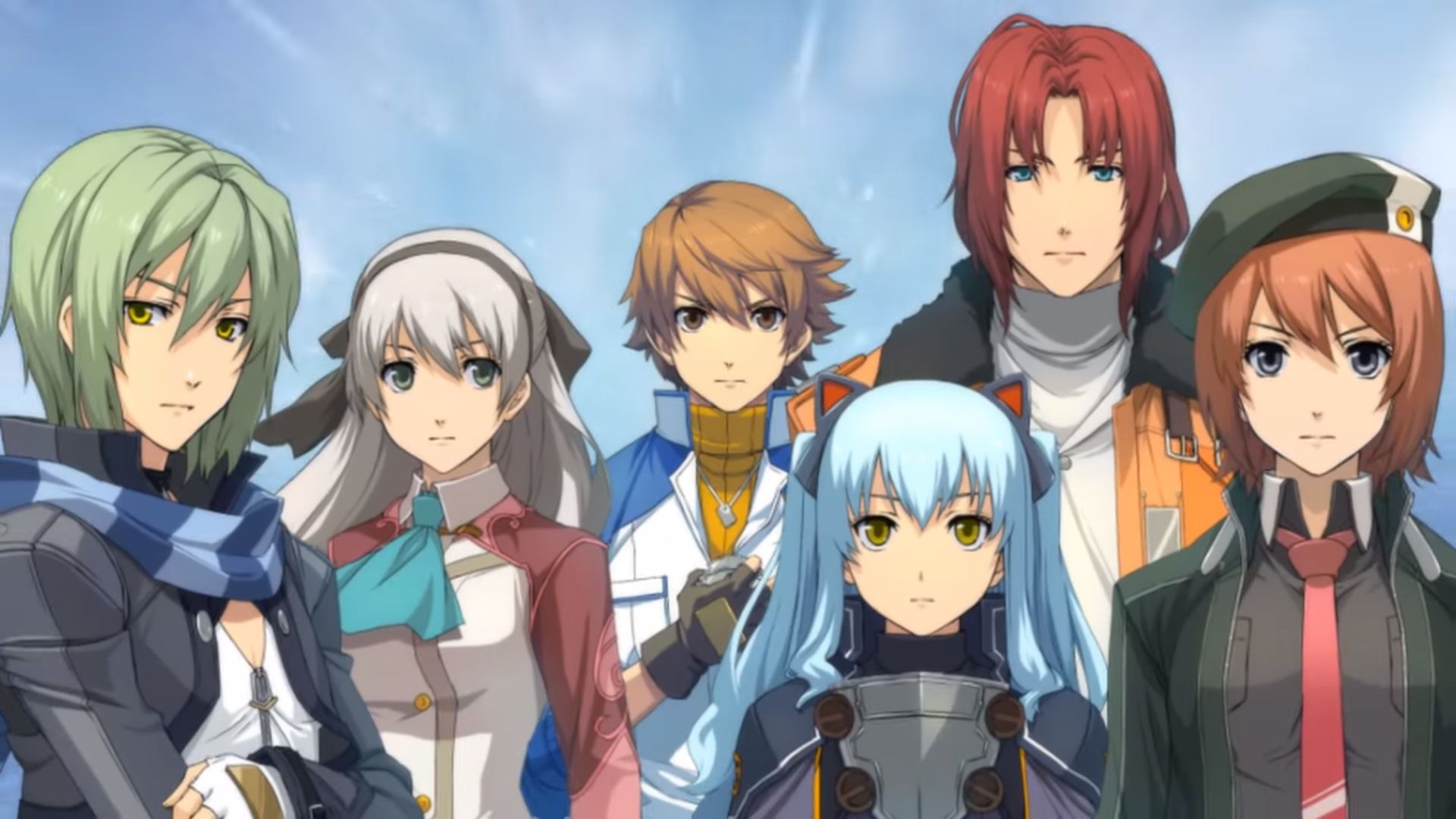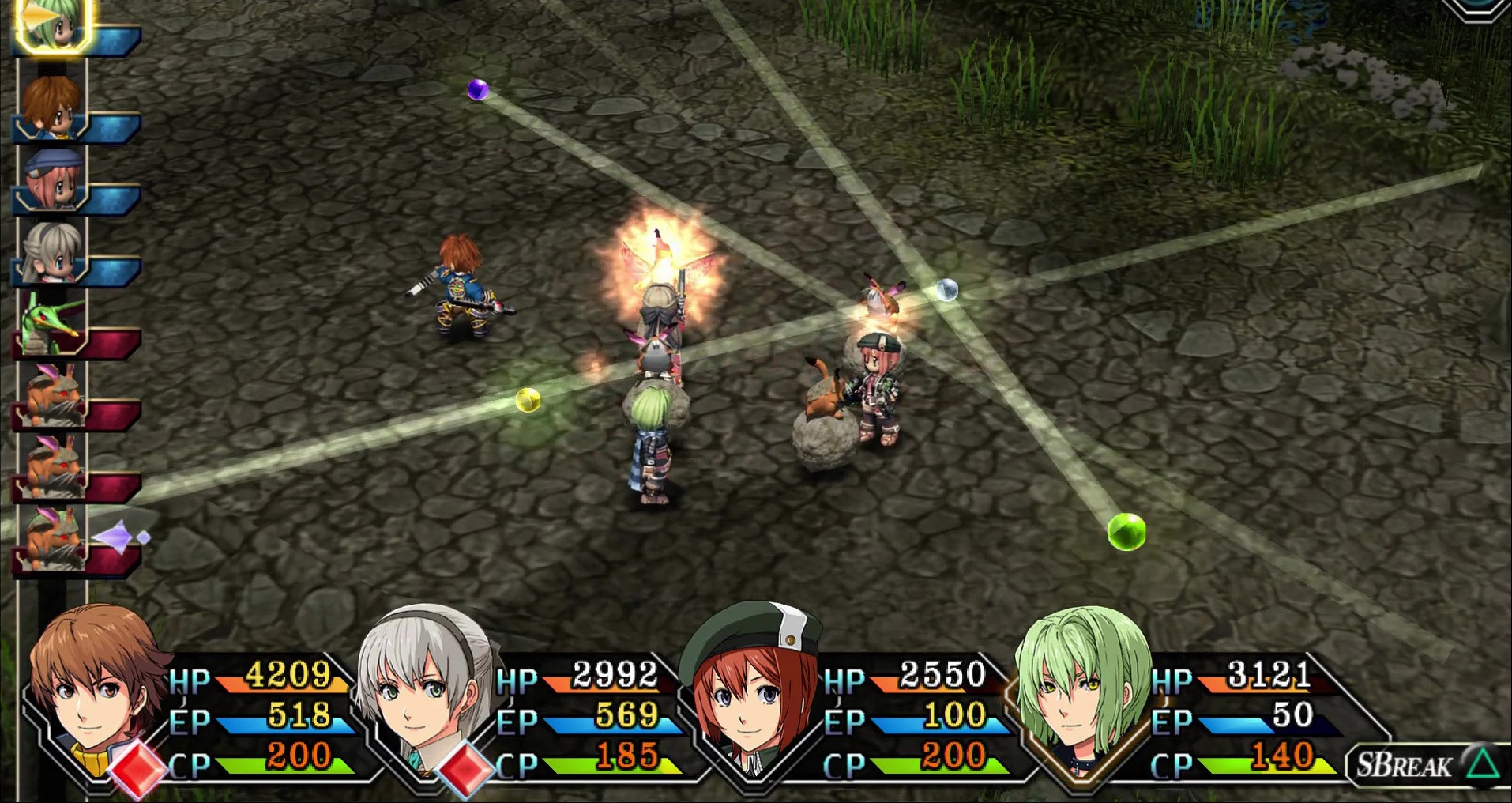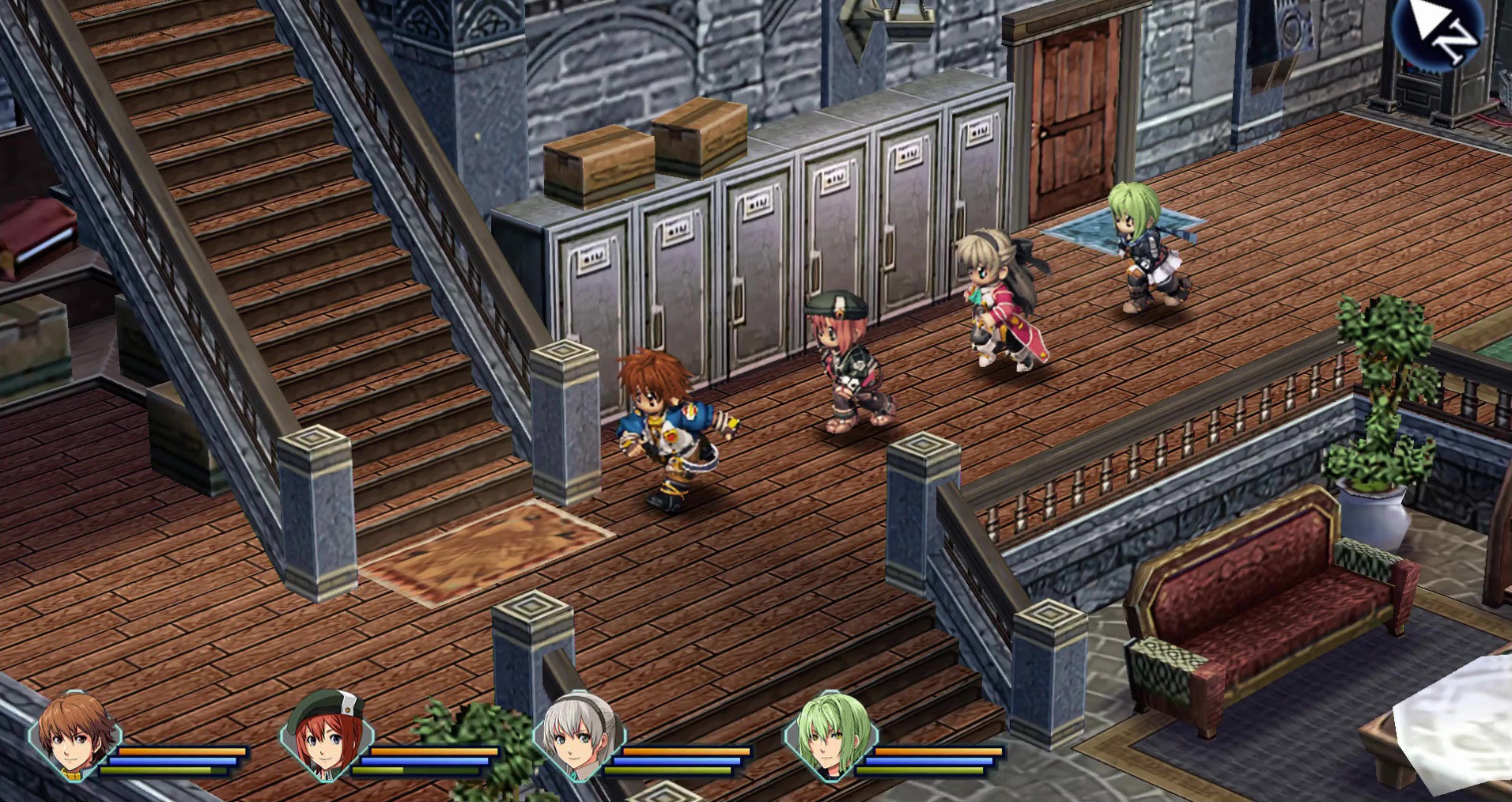In September 2022, NIS America finally localized developer Falcom’s The Legend of Heroes: Trails from Zero for international audiences. The game was originally released in Japan all the way back in 2010. Now, NIS America has also localized its direct sequel, Trails to Azure.
Trails to Azure was first released in Japan in 2011, and both Zero and Azure are known as the Crossbell duology. Both games having official international releases is notable to fans because the other games in the series, such as the Sky trilogy and the Cold Steel saga, all have events that interconnect with those in Crossbell. With both games readily available, fans in the West now have a complete picture of the Trails series thus far.
Trails to Azure is an incredible RPG, filled with a politically rife plot and amazing characters. Its gameplay is largely unchanged from Zero’s, but the turn-based combat is still incredibly engaging and has a few new additions to make it feel fresh.
The Azure Path
The story follows a group called the Special Support Section, an off-shoot branch of the Crossbell police department, led by rookie detective Lloyd Bannings. It takes place a few months after the events in Trails from Zero, where SSS took down an occult leader and saved Crossbell from ruin.
Lloyd and his comrades are now taking care of a young girl with mysterious powers named KeA and there are forces in the shadows trying to use her abilities for their own nefarious ends. Simultaneously, Crossbell is also a city-state that is trying to claim its own independence from two other powerful nations: the Erebonian Empire and the Calvard Republic. It’s a bustling city with an incredible economy, which makes it a highly desirable location.
With Crossbell’s independence hanging in the balance, there’s no telling what different parties will resort to in order to either keep the city-state independent or annex it. The world-building in the Trails series is one of the best in any RPG series. The extreme measures that Erebonia and Calvard are vying for control of Crossbell are deeply engrossing, utilizing different tactics all the way from subtle threats like leveraging their own militaries to clear-cut sabotage like terrorist attacks. It’s hard not to get invested.
The game also makes Crossbell feel like a real, lived-in city with its different side quests. These side quests are a staple of the Trails series and tell memorable stories about the city’s inhabitants, a particular one about the son of an influential figure and how his sheltered upbringing leading to his social blossoming rung as especially memorable for me.
Many of these side quests are optional, but taking the time to experience them is worthwhile. You get to see more vulnerable sides of the SSS, while also earning rewards such as more powerful equipment for your party or rare items. It’s amazing to see how Falcom put such intense care and detail into the game’s world not only in its main plot but also in its side activities.
Don’t Fix What’s Not Broken
Trails to Azure features a turn-based battle system where characters have a variety of different combat options such as using special attacks or casting magic spells. Each special attack has a certain range such as a large area of effect, a straight line, or a single target. They all have different attributes too, including afflicting status effects, a higher chance of interrupting spellcasting, and healing HP.
You can also customize each character with crystals called Quartz, which bestow them with new magic spells and abilities. For example, you can take advantage of the counterattack mechanic. If an enemy misses an attack, your character can strike back if they’re within range, and you can do that more often if you’ve got an Evasion-boosting Quartz equipped.
The sheer amount of customization and diversity within the Quartz system and each character’s special attacks keep the combat from becoming stale.
The gameplay is largely unchanged from Trails from Zero, but there are a few new aspects. There’s the Burst meter, which operates similarly to Trails of Cold Steel II’s Overdrive mechanic.
Once the Burst meter is filled up, you can activate it and it gives an attack boost to your party and makes spellcasting instantaneous. It’s a wonderful system that allows you to keep the offensive pressure on the enemy. The main issue is that it’s only available during story dungeons and pivotal moments in the plot. I wish it was more readily available throughout the entire game.
In Zero, the majority of the game only had four available party members: Lloyd, Elie MacDowell, Tio Plato, and Randy Orlando. Elie is the granddaughter of the influential Henry MacDowell, who is Crossbell’s government Speaker, while Randy is a former mercenary. Tio is an intelligently gifted girl. The ragtag nature of each of the characters helped form a charming group of heroes in Zero.
However, the main SSS cast has been expanded to include new characters such as Wazy Hemisphere, the leader of a delinquent group called the Testaments, as well as Noel Seeker, a member of the Crossbell Defense Force.
These new SSS members give the overall party composition a fresh makeover as you’re not forced to use the same four characters as in Zero. Characters on the sidelines can also participate in battle by occasionally jumping in and either applying status buffs to the party or unleashing a support attack on enemies.
Zero’s gameplay was already excellent, but Falcom managed to find smaller ways to make Azure more engaging so that it feels like you’re playing a proper sequel.
Dated Presentation
Azure’s biggest issue is its presentation. Being a PlayStation Portable game from 2011, the graphics aren’t the best, especially when blown up on the big screen. The textures look blurry and their just not very pleasing to look at it. There’s also some concern about the PlayStation 4 version of the game.
With Trails from Zero, NISA didn’t apply any of the graphical enhancements and quality of life changes such as a text log to the PS4 version, only the Switch and PC versions. The same goes for Azure. The most likely explanation for this is that the PS4 versions of Zero and Azure already exist in Japan, whereas the Switch and PC versions are brand-new ports.
It’s also disappointing that Azure only has the Japanese voice track, but it’s not surprising considering it was the case in Zero as well. It can be jarring because Lloyd and many other characters in the Crossbell duology make appearances in Cold Steel III and IV, which have fully dubbed English voices.
Lloyd and the SSS already have been cast with English voice actors in those games, so it’s a bummer to see that they didn’t reprise their roles. However, it’s understandable given that these games are over a decade old with a niche audience. Having a full-fledged English dub for the duology doesn’t really make financial sense given how much of a massive undertaking the script and localization are.
The Legend of Heroes: Trails to Azure — The Bottom Line
Pros:
- Its politically charged story will keep you invested until the very end
- The gameplay and combat are engaging and fun
- Characters and sidequests have tons of depth and add immense worldbuilding
Cons:
- Dated graphics
- No English dub
The Legend of Heroes: Trails to Azure still plays incredibly well in 2023. The story and gameplay still hold up over a decade later even if its presentation doesn’t look the best at first glance. The political nuances and events in the game allow you to immerse yourself in the world—it makes you feel like you’re a part of something bigger. Any JRPG fan would be remiss not to pick up Azure.
[Note: NIS America provided the copy of The Legend of Heroes: Trails to Azure used for this review. Featured image via NIS America and Falcom.]










Published: Mar 5, 2023 09:05 pm